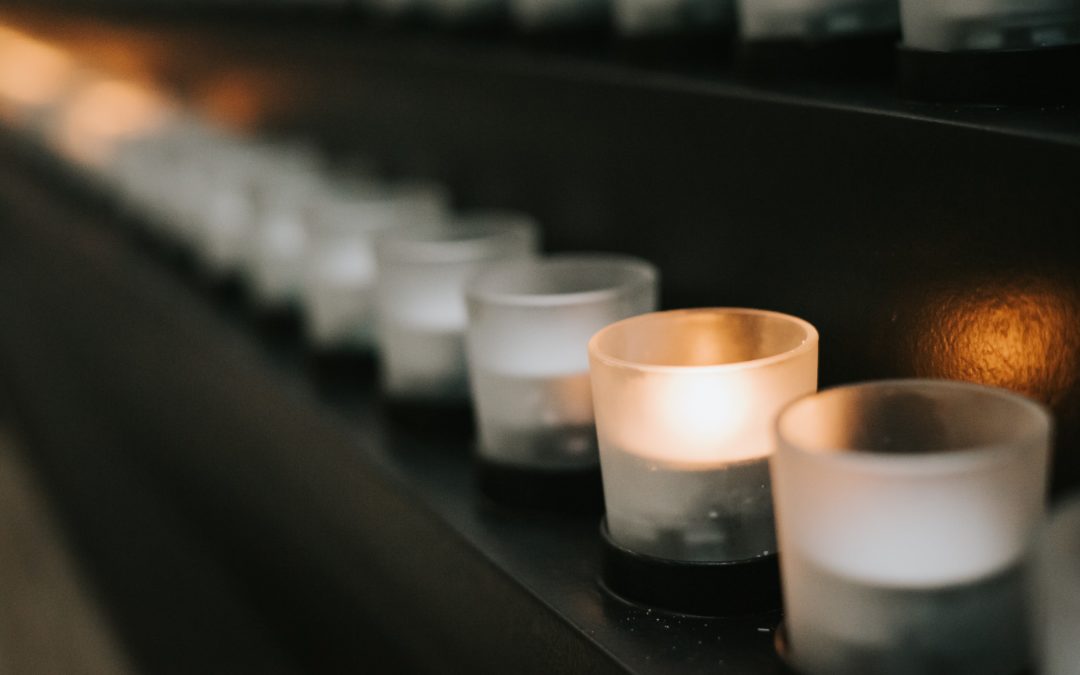With every passing day, there are fewer people who remember the horrors of the Holocaust firsthand. As of 2016, only 100,000 of the Jews who were in camps, ghettos, and hiding from Nazi oppression during the Holocaust were still alive to share their stories, with the youngest among them being around 71 years old.
“The number of eloquent survivors is few and far between,” Michael Zank, the director of the Elie Wiesel Center for Jewish Studies at Boston University, told reporters for Time. “It puts the responsibility on us, the next generation, the children of survivors, the grandchildren of survivors, to become as articulate as we can be in maintaining this memory and the mandate that comes with it.”
The United States Holocaust Memorial Museum (USHMM) in Washington, D.C., has long carried the weight of this responsibility. Now, faced with the prospect of losing the close, empathetic connection with living survivors, the Museum has begun considering a technological solution: virtual reality (VR).
In recent years, the USHMM has launched discussions with VR creators, hoping even as memories fade and survivors pass on, VR technology can retain and share memories of the tragedy with future generations. The Museum has partnered with two industry organizations for the VR project: the socially-minded media firm 371 Productions and the AR/VR solutions provider Foresight. According to a recent profile written for the Jewish Chronicle, the former production house has been in talks with USHMM ever since its president, Brad Lichtenstein, connected with a museum staffer after speaking at a panel on virtual reality in 2016.
Since that conversation, the project has made considerable strides towards translating survivor stories into virtual reality experiences. USHMM and 371 Productions ultimately agreed that it would center its work on the Oneg Shabbat archive — poems, articles, journals, and letters that were assembled in secret by Polish Jews as a means to record accounts about what life was like in the Warsaw ghetto during Nazi occupation. The VR filmmakers sought to realistically depict the stories in the archive via virtual reality and create a new means to connect with the historical material.
The team’s prototype drew its inspiration from a journal entry penned by the Jewish writer Rachel Auerbach. In her recollection, Auerbach stands alone in an empty, eerie courtyard as thousands of feathers fall around her; the ruptured bedding is a last, lingering reminder of the occupants who were unceremoniously dragged from their homes by Nazi oppressors. It’s a haunting scene that evokes empathy and sorrow for experiences people today have never been forced to endure — and that, Liechtenstein told reporters for the Chronicle, is precisely the point.
“We don’t want you to be Rachel — we want you to identify with Rachel,” Lichtenstein stresses. “It’s important to help people feel empathy but not to suggest that anyone could understand someone else’s lived experience.”
The current prototype is just that — a preliminary product, intended to spark conversation and undergo further development. There are no firm agreements to pursue a VR exhibit at this time; however, the project’s achievements so far do bode well.
It should also be noted that this isn’t the first time that USHMM has experimented with reality media. In the fall of 2018, the Museum rolled out an experimental AR exhibit that would allow visitors to learn more about families who had lost their lives during the Holocaust via a smartphone app. By using the AR program, visitors could obtain background information about the individuals in one of the Museum’s photo displays, including their histories and whether they survived the genocide.
USHMM’s proven interest in augmented and virtual reality is promising. VR may offer a way to preserve and share the first-person memories of Holocaust survivors even after those who lived through the tragedy have passed on. It’s a worthwhile initiative, and I hope the Museum can make the most of the opportunity.
